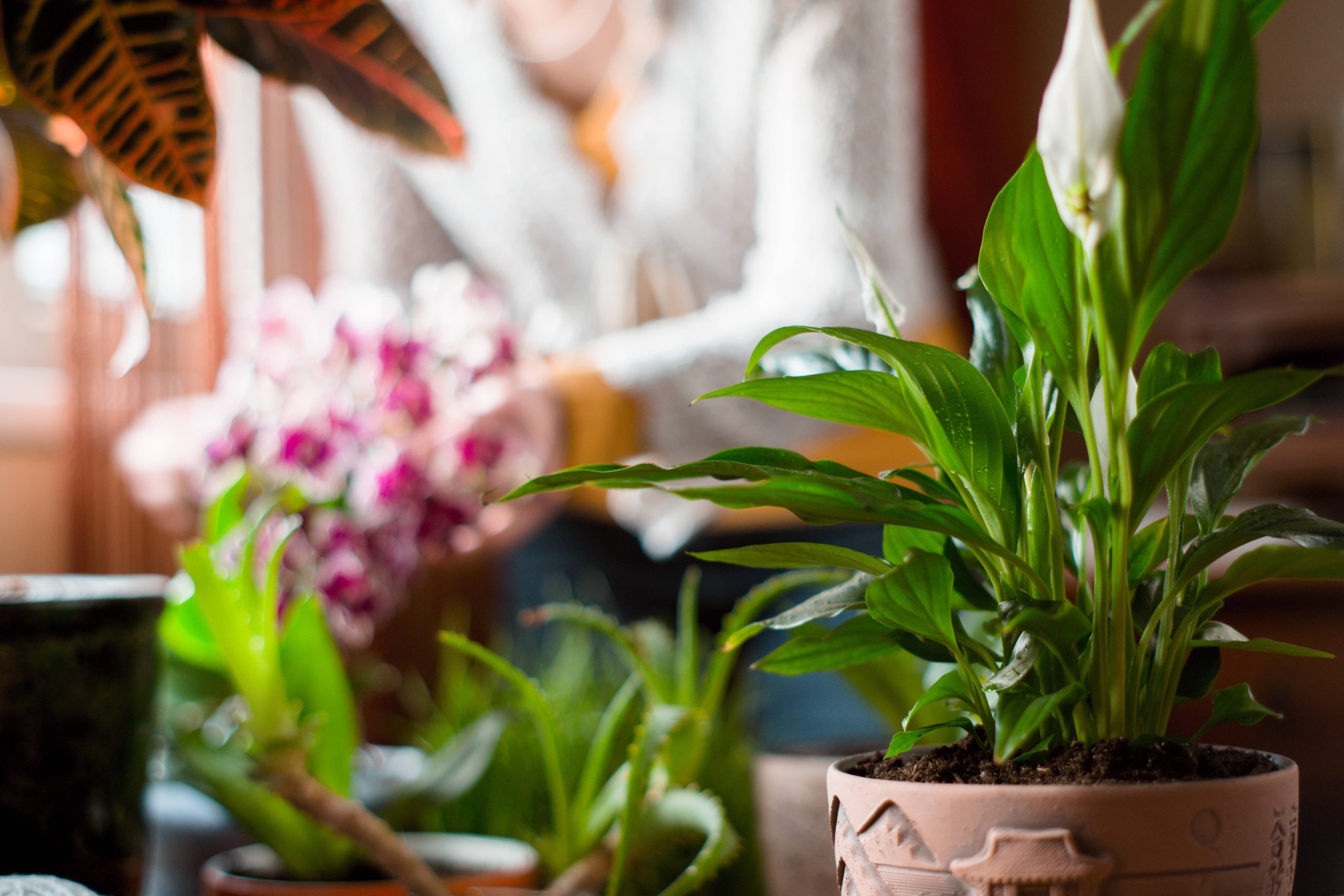
Indoor gardening is an art that brings the beauty and serenity of nature into our homes. Houseplants not only enhance the aesthetic appeal of our living spaces, but they also improve air quality, reduce stress, and contribute to our overall well-being. However, caring for these green companions can sometimes be challenging, especially when it comes to watering. Many indoor gardeners, both novice and experienced, struggle with providing the right amount of water to their plants. In this post, we’ll explore some common watering mistakes and how to correct them, ensuring your indoor garden thrives.
1. Overwatering: The Silent Plant Killer
Overwatering is one of the most common mistakes indoor gardeners make. Plants need water to survive, but too much of it can suffocate the roots and lead to root rot, a condition that can be fatal to your plants. Here’s how to avoid it:
– Understand Your Plant’s Needs: Different plants have varying water requirements. Succulents and cacti, for instance, store water and only need to be watered once every few weeks, while ferns prefer consistently moist soil. Researching your plant’s native habitat can provide insights into its watering needs.
– Check the Soil Moisture: Before watering, always check the moisture level of the soil. Stick your finger an inch or two into the soil; if it feels dry, it’s likely time to water. Some gardeners use moisture meters for a more accurate reading.
– Ensure Proper Drainage: Ensure your plant pots have drainage holes to allow excess water to escape. Using pots without drainage or covering the holes with a saucer can lead to waterlogging and root rot.
2. Underwatering: The Neglected Houseplant
Just as too much water is harmful, not giving your plants enough water can also lead to distress. Some signs of underwatering include wilting, dry soil, and browning leaf edges. Here’s how to correct this mistake:
– Create a Watering Schedule: Establish a regular watering routine based on your plant’s needs. Keep in mind that factors such as temperature, humidity, and light can affect how often your plants need watering.
– Consider the Plant Size and Type: Larger plants and those with more foliage may require more water than smaller, less leafy ones. Adjust your watering accordingly.
– Use the Right Pot and Soil: Choosing the right pot size and soil type can help retain moisture for longer. Clay pots, for instance, are porous and allow water to evaporate quickly, while plastic pots retain moisture better. Consider adding water-retaining crystals to the soil mix to help combat underwatering.
3. Inconsistent Watering: A Recipe for Stress
Plants thrive on consistency. Providing too much water one week and too little the next can cause stress, affecting their growth and health. To maintain consistency:
– Track Your Watering: Keep a journal or use a plant care app to track your watering schedule and monitor your plants’ responses. This is particularly helpful if you have an extensive collection of houseplants with different watering needs.
– Observe the Environment: Seasonal changes can affect indoor humidity and temperature, altering your plants’ watering needs. Be attentive to these changes and adjust your watering habits accordingly.
– Be Patient and Attentive: Pay attention to your plants’ signals. Yellowing leaves, wilting, or dry soil often indicates a need for adjustments in your watering routine.
4. Ignoring Water Quality: Ensuring Healthy Growth
The quality of water you use can significantly impact your plants’ health. Tap water, especially if it’s hard, may contain high levels of minerals and chemicals like chlorine that can build up in the soil over time and harm your plants. Here’s how to address this:
– Use Filtered or Distilled Water: If your tap water is hard, consider using filtered or distilled water for your houseplants to avoid mineral buildup.
– Collect Rainwater: Rainwater is an excellent, natural option for watering indoor plants. Collect and store rainwater for use during drier months.
– Let Tap Water Sit: If using tap water is your only option, letting it sit overnight allows chlorine to evaporate before you use it on your plants.
5. Watering Leaves Instead of Roots
While misting can increase humidity around your plants, watering directly onto the leaves instead of the roots can encourage fungal diseases and pests. Here’s how to correct this:
– Water Directly at the Base: Always water your plants at the base, allowing the water to reach the roots where it’s needed most.
– Use the Right Watering Equipment: Using a watering can with a long spout can help you direct water efficiently to the plant’s base.
By correcting these common watering mistakes, you’ll be well on your way to cultivating a lush and healthy indoor garden. Remember, like any skill, mastering the art of watering takes practice and attention. Your plants depend on you to understand their unique needs and provide them with the right care. So, next time you reach for the watering can, remember these tips and give your leafy friends the best chance to thrive. Happy gardening!













